Politics
Comparing Hamas response with Trump’s Gaza plan
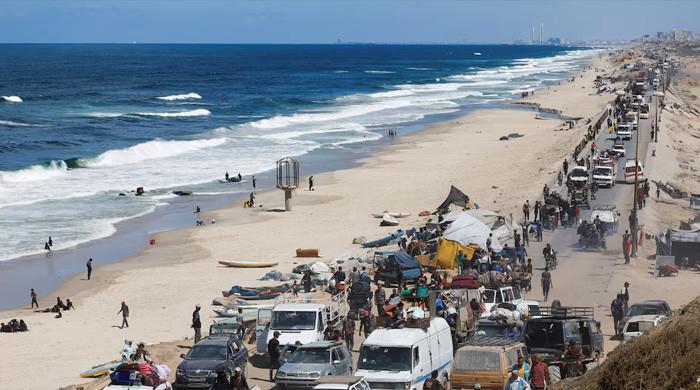
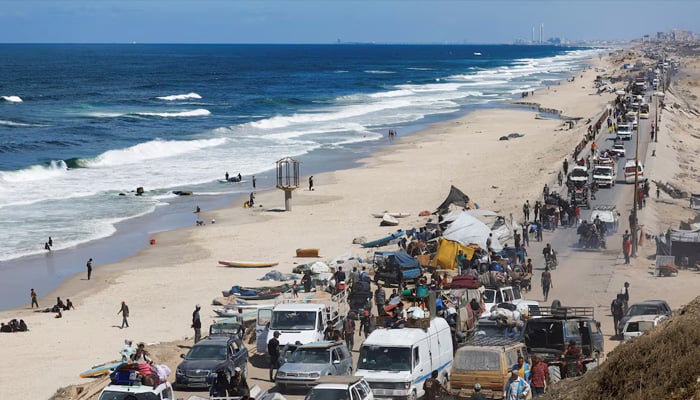
Hamas responded on Friday to President Donald Trump’s plan for Gaza’s future, including ending Israel’s war in the enclave.
The resistance group, fighting for the Palestinian freedom, accepted certain key parts of the Trump plan, including ending the war, Israel’s withdrawal, the release of Israeli hostages and Palestinian captives, aid and recovery efforts, and an opposition to Palestinian expulsion from the territory.
There were apparent differences in Hamas’ statement and Trump’s plan on the future of Gaza’s governance and Hamas’ own involvement in the territory’s future. Hamas said it sought further talks.
A comparison of Hamas’ statement with Trump’s plan is below:
What does Hamas say it is open to accepting in Trump’s plan?
Release of Israeli hostages and Palestinian captives:
Hamas said it would release Israeli hostages in Gaza both living and dead “according to the exchange formula contained in President Trump’s proposal, with the necessary field conditions for implementing the exchange.”
It did not specify what it meant by “necessary field conditions.” The militant group said it was ready to immediately have talks through mediators to discuss further details.
The Trump plan says all hostages will be returned by Hamas “within 72 hours of Israel publicly accepting this agreement.”
Trump’s proposal said that thereafter, Israel will free 250 Palestinian prisoners serving life sentences, plus 1,700 Gazans arrested since October 7, 2023, including all women and children. For every Israeli hostage whose remains are released, Israel will release the remains of 15 dead Gazans, the Trump plan says.
Ceasefire, end of war and Israeli withdrawal:
Hamas said it accepted the framework of an end to the war and Israel’s “full withdrawal” from the enclave. Hamas’ statement did not note any different stages of Israel’s withdrawal and said it rejected Israeli occupation.
The Trump plan said “Israeli forces will withdraw to the agreed upon line to prepare for a hostage release.” It said that during that time, Israel’s military assault, including aerial and artillery bombardment, will be suspended, and “battle lines will remain frozen until conditions are met for the complete staged withdrawal.”
Aid, recovery and no Palestinian expulsion:
Hamas welcomed that Trump’s plan urged a surge in aid into Gaza while not calling for Palestinians to be expelled from the territory.
The Trump plan said aid will be immediately sent into Gaza in quantities consistent with a January 19 agreement. It would also involve rehabilitation of infrastructure, hospitals and bakeries, and entry of necessary equipment to remove rubble and open roads. Aid will proceed through the United Nations, the Red Crescent and other international institutions under the plan.
Hamas said it rejected Palestinian displacement from Gaza. The Trump plan said that “no one will be forced to leave” and those who wish to leave will be free to return. The Trump plan encouraged Palestinians to stay in Gaza.
Where does Hamas appear to be at odds with Trump’s plan?
Foreign involvement in Gaza’s interim governance:
The Trump plan said “Gaza will be governed under the temporary transitional governance of a technocratic, apolitical Palestinian committee,” though it does not identify any Palestinian individual or group by name as being involved in the transition.
The Trump plan says the panel would be supervised by a new international transitional body that Trump would head and which would include other members, including former UK Prime Minister Tony Blair.
Hamas said it would agree to hand over Gaza’s administration “to a Palestinian body of independents (technocrats) based on Palestinian national consensus and supported by Arab and Islamic backing.” Hamas has previously offered to hand over Gaza’s administration to a different body.
Hamas did not comment on the proposed deployment of a “temporary International Stabilisation Force” in Gaza under the Trump plan for which the US will work with Arab partners.
Hamas having no role in Gaza’s future:
The Trump plan said Hamas will “agree to not have any role in the governance of Gaza, directly, indirectly, or in any form.” The plan also said there will be a “process of demilitarisation of Gaza.”
Hamas maintained in its response that the militant group sees itself as part of a “comprehensive Palestinian national framework.” Its Friday statement did not comment on demilitarising. It has previously rejected such calls.
“This is tied to a collective national position and in accordance with relevant international laws and resolutions, to be discussed within a comprehensive Palestinian national framework, in which Hamas will be included and will contribute with full responsibility,” Hamas said on Friday.
The Hamas statement did not comment on the proposal in the Trump plan to give amnesty and safe passage to other countries for Hamas members who “decommission” their weapons.
Politics
Tajikistan says five Chinese nationals killed in cross-border attacks from Afghanistan in past week
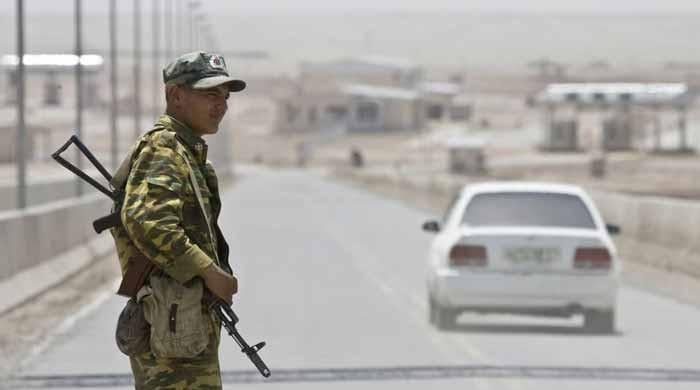
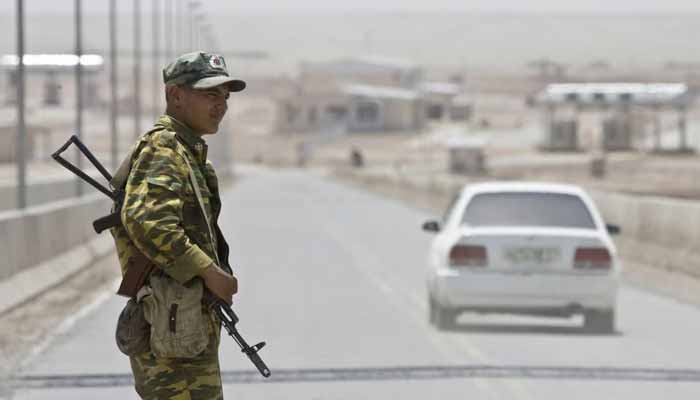
- China advises companies, personnel to evacuate border area.
- Embassy says Chinese citizens targeted in armed attack on Sunday.
- Another border attack on Friday killed three citizens: embassy.
Five Chinese nationals have been killed and five more injured in Tajikistan in attacks launched from neighbouring Afghanistan over the past week, Tajik authorities and China’s embassy in the Central Asian country said on Monday.
China’s embassy in Dushanbe, the capital, advised Chinese companies and personnel to urgently evacuate the border area.
It said that Chinese citizens had been targeted in an armed attack close to the Afghan border on Sunday. On Friday, it said that another border attack — which Tajik authorities said had involved drones dropping grenades — had killed three Chinese citizens.
Tajikistan, a mountainous former Soviet republic of around 11 million people with a secular government, has tense relations with the Taliban authorities in Afghanistan. It has previously warned of drug smugglers and illicit gold miners working along the remote frontier.
China, which also has a remote, mountainous border with Tajikistan, is a major investor in the country.
There was no immediate response on Monday from the authorities in Afghanistan to the Tajik statement.
But Afghanistan’s foreign ministry last week blamed an unnamed group, which it said was out to create instability, and said it would cooperate with Tajik authorities.
Tajik President Emomali Rahmon’s press service said on Monday that Rahmon had met with the heads of his security agencies to discuss how to strengthen border security.
It said that Rahmon “strongly condemned the illegal and provocative actions of Afghan citizens and ordered that effective measures be taken to resolve the problem and prevent a recurrence of such incidents.”
Tajikistan endured a brutal civil war in the 1990s after independence from Moscow, during which Rahmon initially rose to power. The country is closely aligned with Russia, which maintains a military base there.
Millions of Tajiks, a Persian-speaking nation, live across the border in Afghanistan, with Tajikistan historically having backed Afghan Tajiks opposed to the Taliban.
Politics
Indian man kills wife, takes selfie with dead body
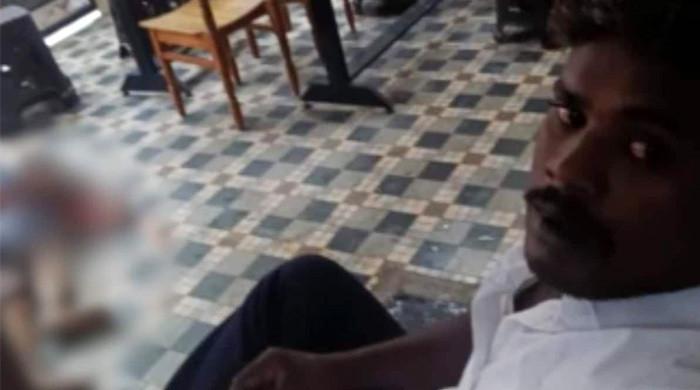

A man in India’s south brutally killed his estranged wife at a women’s hostel and took a selfie with her dead body, according to NDTV.
The victim, identified as Sripriya, employed at a private firm in Coimbatore, Tamil Nadu, had separated from her husband, Balamurugam, who was from Tirunelveli.
Police said the suspect arrived at the hostel on Sunday afternoon, concealing a sickle in his clothes, and was seeking to meet her.
They had an argument soon after the couple met, and the feud turned into a violent attack by Balamurugan, who drew the sickle and hacked the woman to death.
Furthermore, the police said he then took a selfie with her body and shared it on his WhatsApp status, accusing her of “betrayal”.
The incident spread panic and chaos in the hostel.
Following the brutal murder, the suspect did not escape from the spot but waited until the police arrived, and he was arrested at the crime scene. The murder weapon was recovered.
The initial investigation suggested that he suspected his wife of being in a relationship with another man.
Politics
Southeast Asia storm deaths near 700 as scale of disaster revealed
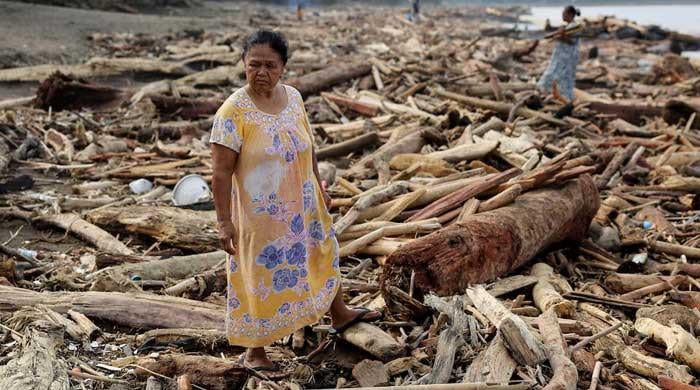

- Indonesia, Malaysia and Thailand witness large scale devastation.
- At least 176 people perish in Thailand and three in Malaysia.
- Indonesia’s death toll reaches 502 with 508 more still missing.
PALEMBAYAN: Rescue teams in western Indonesia were battling on Monday to clear roads cut off by cyclone-induced landslides and floods, as improved weather revealed more of the scale of a disaster that has killed close to 700 people in Southeast Asia.
Indonesia, Malaysia and Thailand have seen large scale devastation after a rare tropical storm formed in the Malacca Strait, fuelling torrential rains and wind gusts for a week that hampered efforts to reach people stranded by mudslides and high floodwaters.
At least 176 have been killed in Thailand and three in Malaysia, while the death toll climbed to 502 in Indonesia on Monday with 508 missing, according to official figures.
Under sunshine and clear blue skies in the town of Palembayan in Indonesia’s West Sumatra, hundreds of people were clearing mud, trees and wreckage from roads as some residents tried to salvage valuable items like documents and motorcycles from their damaged homes.

Men in camouflage outfits sifted through piles of mangled poles, concrete and sheet metal roofing as pickup trucks packed with people drove around looking for missing family members and handing out water to people, some trudging through knee-deep mud.
Months of adverse, deadly weather
The government’s recovery efforts include restoring roads, bridges and telecommunication services.
More than 28,000 homes have been damaged in Indonesia and 1.4 million people affected, according to the disaster agency.
Indonesian President Prabowo Subianto visited the three affected provinces on Monday and praised residents for their spirit in the face of what he called a catastrophe.
“There are roads that are still cut off, but we’re doing everything we can to overcome difficulties,” he said in North Sumatra.
“We face this disaster with resilience and solidarity. Our nation is strong right now, able to overcome this.”
The devastation in the three countries follows months of adverse and deadly weather in Southeast Asia, including typhoons that have lashed the Philippines and Vietnam and caused frequent and prolonged flooding elsewhere.
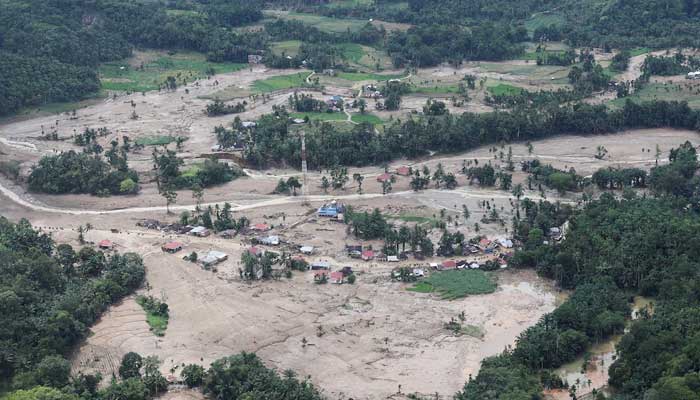
Scientists have warned that extreme weather events will become more frequent as a result of global warming.
Marooned for days
In Thailand, the death toll rose slightly to 176 on Monday from flooding in eight southern provinces that affected about three million people and led to a major mobilisation of its military to evacuate critical patients from hospitals and reach people marooned for days by floodwaters.
In the hardest-hit province of Songkhla, where 138 people were killed, the government said 85% of water services had been restored and would be fully operational by Wednesday.
Much of Thailand’s recovery effort is focused on the worst-affected city Hat Yai, a southern trading hub which on November 21 received 335 mm (13 inches) of rain, its highest single-day tally in 300 years, followed by days of unrelenting downpours.
Prime Minister Anutin Charnvirakul has set a timeline of seven days for residents to return to their homes, a government spokesperson said on Monday.
In neighbouring Malaysia, 11,600 people were still in evacuation centres, according to the country’s disaster agency, which said it was still on alert for a second and third wave of flooding.
-

 Sports1 week ago
Sports1 week agoWATCH: Ronaldo scores spectacular bicycle kick
-

 Entertainment1 week ago
Entertainment1 week agoWelcome to Derry’ episode 5 delivers shocking twist
-

 Politics1 week ago
Politics1 week agoWashington and Kyiv Stress Any Peace Deal Must Fully Respect Ukraine’s Sovereignty
-

 Business1 week ago
Business1 week agoKey economic data and trends that will shape Rachel Reeves’ Budget
-

 Politics1 week ago
Politics1 week ago53,000 Sikhs vote in Ottawa Khalistan Referendum amid Carney-Modi trade talks scrutiny
-

 Tech6 days ago
Tech6 days agoWake Up—the Best Black Friday Mattress Sales Are Here
-

 Fashion1 week ago
Fashion1 week agoCanada’s Lululemon unveils team Canada kit for Milano Cortina 2026
-

 Tech1 day ago
Tech1 day agoGet Your Steps In From Your Home Office With This Walking Pad—On Sale This Week






